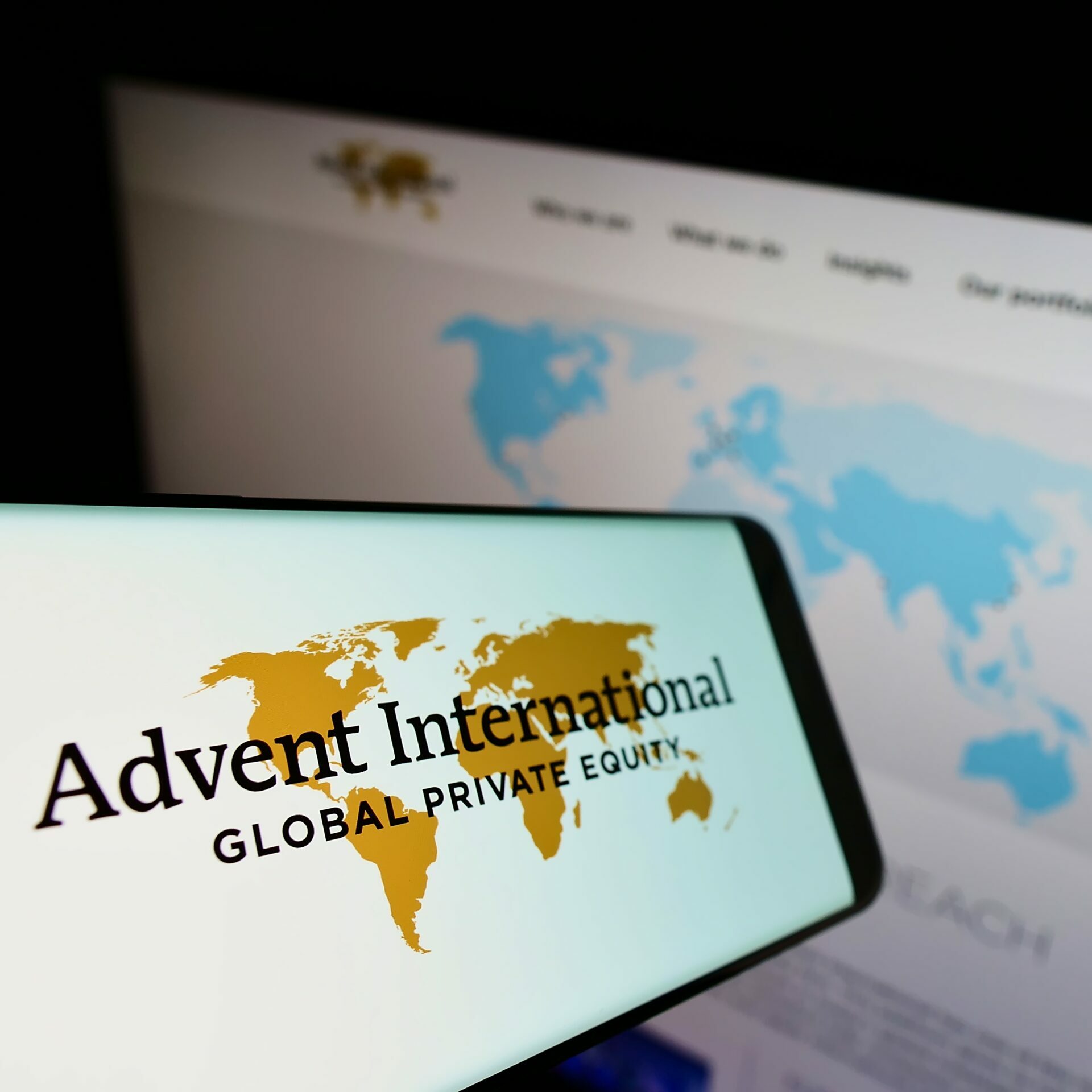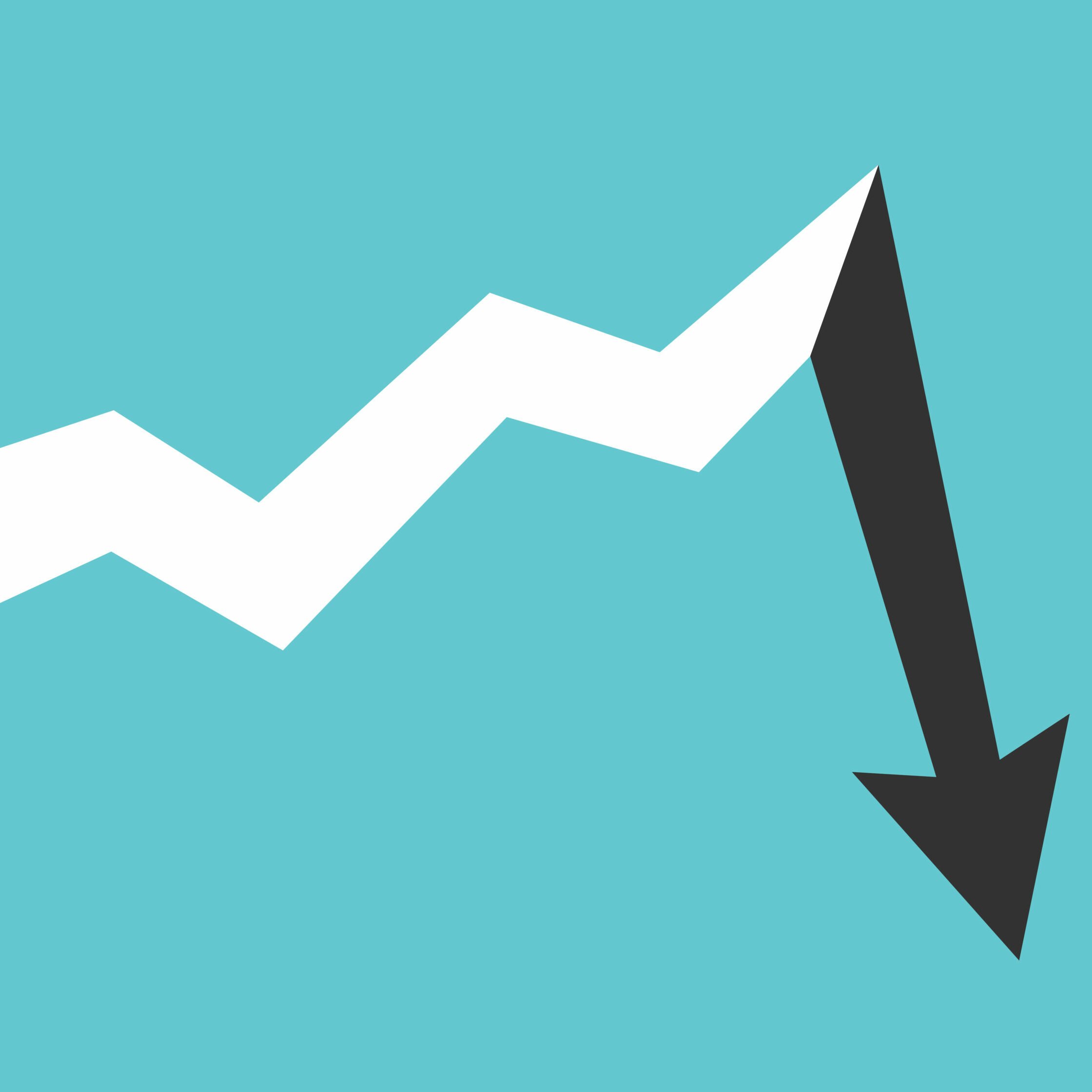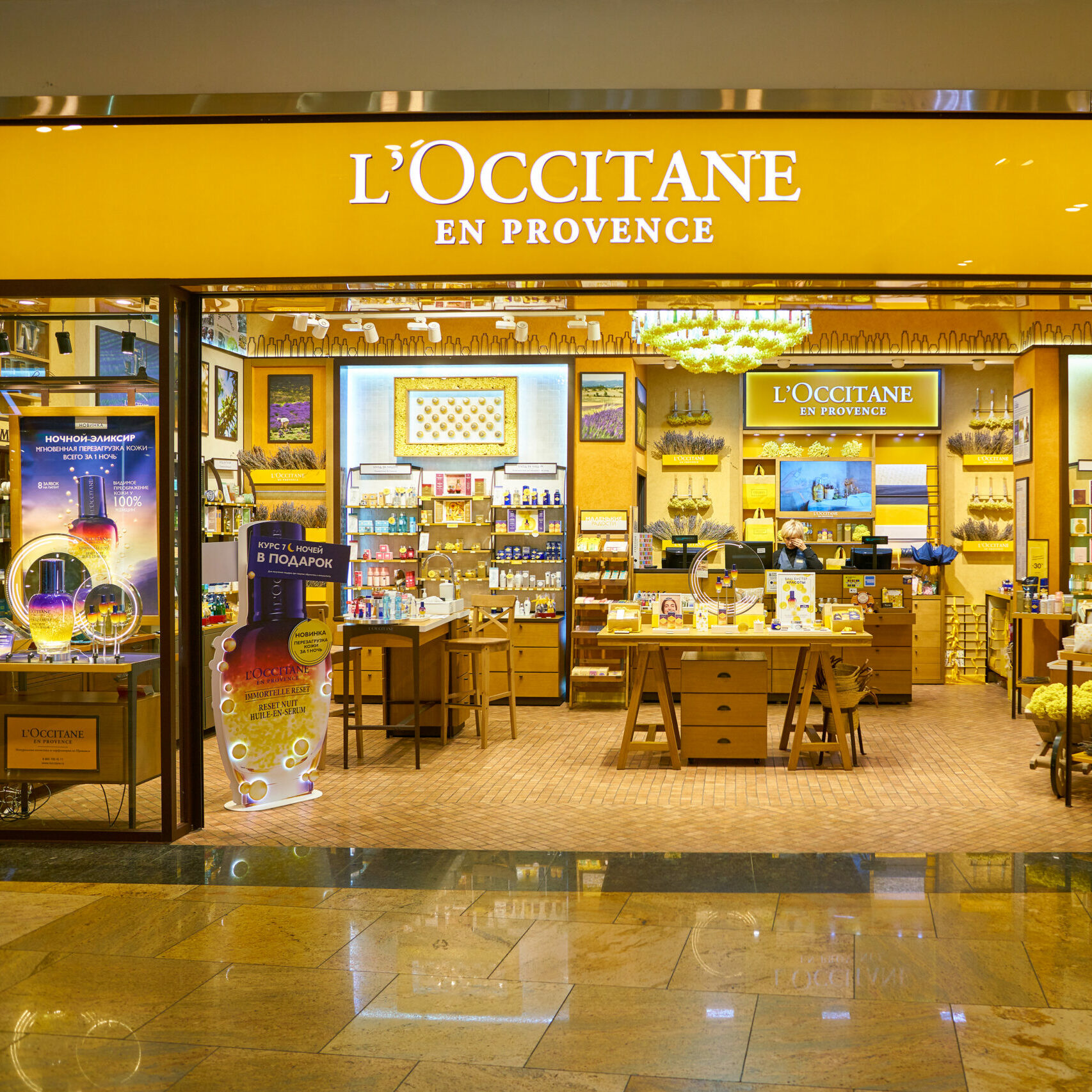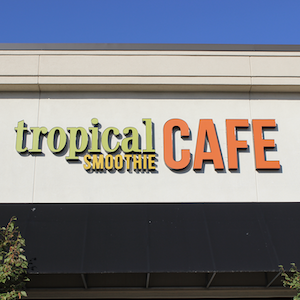Impact investing has not always been the easiest ‘investment philosophy’ to benchmark, in terms of improving the health of the planet, and those who live on it, while also generating positive returns for investors. But one such fund, the New York-based Global Health Investment Fund (GHIF) is doing just that, financing the development of drugs, vaccines, diagnostics and other interventions to improve maternal and child healthcare in the developing world.
Dr Curt LaBelle (pictured) is Managing Partner at GHIF and has over 16 years’ investment experience in the healthcare space. He says that the fund’s impact is defined by “lives saved and lives improved in the developing world”.
“That also applies to the developed world but the impact measurement is focused on how we’re making new technologies and therapies available where they otherwise might not be.
“Every company we invest in must have an innovative product that serves the needs of the developing world and it needs to be delivered at a relatively inexpensive price point.”
“It has to be a product that is relatively easy to learn as well; we could say cardiovascular disease is a major problem in the developing market, and here’s a new device that addresses it, but if that product costs USD25,000 and you need a trained cardiologist to use it, it’s not accessible to low income countries and it’s never really going to generate the right impact in the developing world.”
“We want each product we invest in to be readily available in the developing world and in most instances we need to make sure that it can do well in the developed world and provide good financial returns for the fund given our double bottom line investing approach,” says LaBelle in GHIF’s offices opposite Bryant Park in mid-town Manhattan.
Although modest in size, approximately USD108 million in AUM, the fund has significant patrons backing its success, most notably the Bill & Melinda Gates Foundation. They also include the Children Investment Fund Foundation, Grand Challenges Canada – one of Canada’s largest impact investors – BMZ, Germany’s Federal Ministry for Economic Cooperation and Development and the Pfizer Foundation.
GHIF typically invests from USD5 million to USD15 million in healthcare companies that have achieved a clinical proof of concept for their product.
“It has to be something that’s been tested and we have some data on a target population we can use to compare and contrast to other products and see whether it has some advantages. We less frequently invest in products that are in the early stages of commercialisation. We are comfortable investing alone or as part of a syndicate with other investors. We supported the development of a drug for river blindness and were the only investor, for example,” says Dr. LaBelle.
River blindness affects 25 million of the poorest of the poor in sub-Saharan Africa. GHIF backed a drug called Moxidectin, developed by Medicines Development for Global Health in Melbourne, Australia. It is not a typical investment by GHIF as river blindness is unique to the developing world only. Nevertheless, it is a huge problem and Dr. LaBelle hopes that the new drug should cure all those afflicted by the disease.
What makes this investment particularly exciting is that the FDA has rewarded MDGH a priority review voucher. This voucher programme was set up by the FDA to encourage more innovation to combat tropical and infectious diseases in the developing world.
“They put a list together and said that if anyone develops a drug to treat any of the conditions on that list they would review it within six months, and if they approve it they would also give the drug developers a voucher that is good for review for any drug of their choice within six months; instead of 12 months, which is the usual case.”
“Healthcare companies are free to sell these priority review vouchers in the marketplace. We hope to sell the voucher where a portion of the proceeds would go towards producing and delivering the drug, and the remainder will be split between us and MDGH, so it should make a nice return for our investors,” comments Dr. LaBelle.
One vaccine financed by GHIF that Dr. LaBelle is particularly proud of treats Cholera, developed by EuBiologics, a South Korean company. The company went public about 18 months “and it was a good exit for us,” confirms Dr. LaBelle. He says that GHIF’s portfolio includes a range of companies, including diagnostic companies working on TB, HIV…even a partnership with an Indian company for a TB vaccine and an anti-venom for snake bites.
“We invest in companies making innovative products, including a mechanical cataract device. The device has been developed by Iantech in the Bay area and we are investing money in them to begin commercialisation of the product for a developing world programme, which we think will have a huge impact, as well as for the US and Europe.”
“The device is meant to be a no-energy approach to treating cataracts. There is a little wire hook that stretches into an ellipse, which exactly fits the size of the lens. You simply twist it around the lens and pull it, to cut the lens in half. Then you twist it again, and the pieces of the cataract are then removed with a micro incision. There’s no ultrasound energy or laser involved. They are starting to target people with advanced cataracts here in the US and doctors have said they love it,” explains Dr LaBelle.
This is impact investing with a purpose. One that could literally, over time, improve the lives of millions of people.
GHIF has trained doctors in Tanzania, Panama, India, Namibia and Ethiopia to use the cataract device.. In the developing world, GHIF has worked with the company to design a multiple-use device with a target of reducing the cost of cataract treatment to USD1 per procedure.
“We’re making an impact, which we hope will be in the hundreds of thousands over the coming years.”
It’s a drop in the ocean for the Bill & Melinda Gates Foundation but Bill gets updates on a quarterly basis and I think everybody is happy with how things have gone with the fund.
“There were doubts as to whether this could be done and generate positive financial returns. We have leading indicators that say impact investing works,” says Dr LaBelle.






